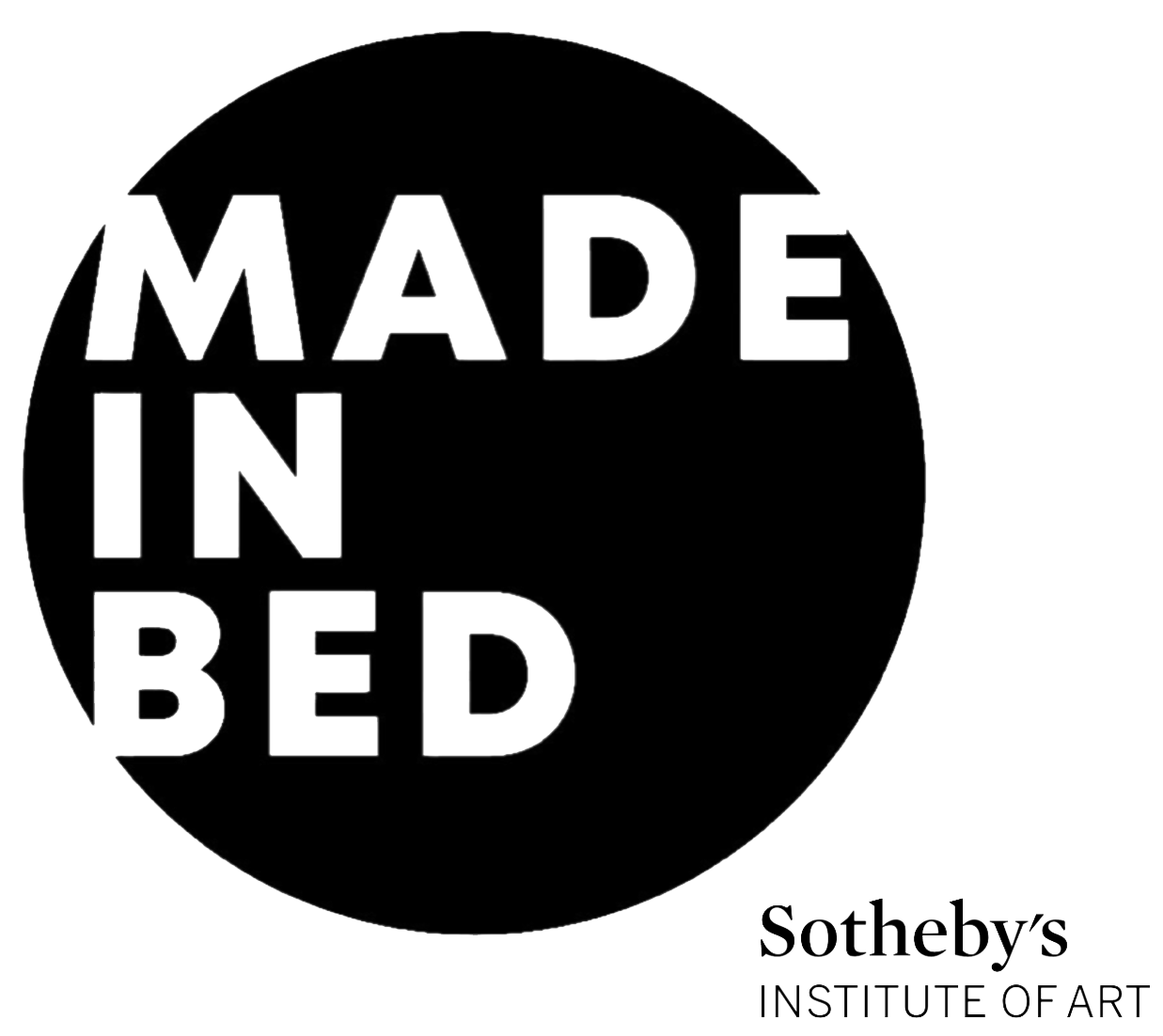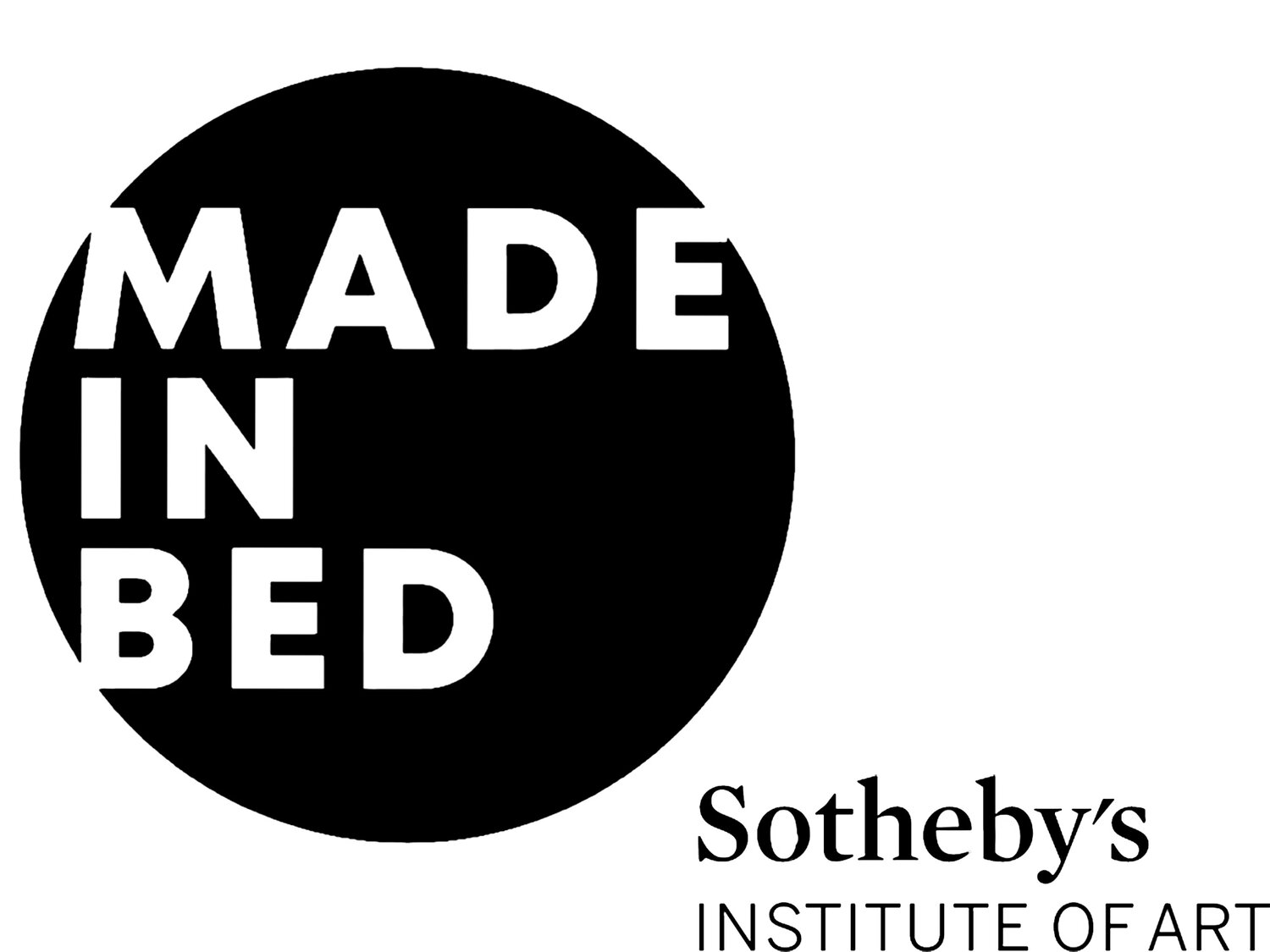The Rise of Morocco as an African Art Hub
Morocco has long been a desired holiday destination, with its bustling medinas and sloping deserts. Not only is it a tourist hotspot in the region, but increasing gallery presence and the 1-54 Contemporary African Art Fair has turned the country into “one of Africa’s most important art hubs”.[1]
View of a roof terrace in Marrakech. Photo Courtesy: Max Libertine for Travel Guide Marrakech
Before exploring Morocco’s vibrant art scene and the presence of 1-54, it should be noted that tourism is a major driving force in its development as an arts centre. 1-54 capitalised off of this by exhibiting at La Mamounia, the most coveted pied-a-terre during a stay in Marrakech. The luxury palace served as the backdrop for 2024’s 1-54 Contemporary African Art Fair. La Mamounia describes itself as “youthful, vibrant, modern and upbeat in its appeal”.[2] The location has hosted a number of notable figures, ranging from Churchill to Jennifer Aniston, adding a “narrative charm” that does not come with every location.[3]
The gardens at La Mamounia. Photo Courtesy: Yasmine Hatimi for Art Basel
The 1-54 art fair has played an “instrumental” role in raising Marrakech’s profile in the art world.[4] The fair is the only of its kind celebrating contemporary African art worldwide, therefore serving as a powerful player and an esteemed institution.[5] 1-54 founder, Touria El Glaoui, is passionate about raising the visibility of African art and it comes as no surprise that she would choose her birth country of Morocco as the African base for the fair due to its lively and growing art scene. In 2020, Marrakech was given the title of the African Capital of Culture, but this title was later passed on to Rabat, Morocco’s actual capital. The African capital of culture programme was set up by UCLGA to bring together arts and culture as part of Africa's sustainable development.[6] This therefore highlights not only Marrakech’s cultural importance in Africa, but that of Morocco as a whole. There is a real diversity in its art world and there seems to be something in it for everyone across the country.
Touria El Glaoui, founder of 1-54 Contemporary African Art Fair. Photo Courtesy: Association of Women in The Arts
Casablanca is described as having an established local scene, influenced by the presence of Casablanca School of Painting. Marrakech, on the other hand, is increasing its visibility as an art hub through its international reach and popularity as a city-getaway.[7] 1-54 and the accessibility of Marrakech therefore opens doors for collectors to explore specifically Moroccan art, as well as African art from other regions through established and emerging artists and galleries.
1-54 Marrakech at La Mamounia. Photo Courtesy: Adnane Zemmama for Art Africa Magazine
The fair is also important in raising the profile of the Moroccan art market due to its global reach with guests, including European, African, Arab, and American collectors.[8] The fair operates on a smaller scale, which makes it more accessible for attendees. Its small size in comparison to Art Basel or Frieze creates a more social atmosphere, as it is less overwhelming for dealers, gallerists, and collectors to interact. Claude Grunitzky, Togolese entrepreneur and collector, states: “What I love about Marrakesh is the sense of conviviality and intimacy, which also allows you to discover artists you may not know.”[9]
This conviviality lends itself well to galleries at the fair and on its first day. Loft Art Gallery, for example, sold out its entire booth.[10] This highlights the demand for African art and the success potential for galleries operating in the region. It also demonstrates the effectiveness of 1-54 in raising to profile of the African art market. This is because its smaller size allows for greater socializing between those in attendance and facilitates the discovery of artists practicing across Africa.
El Glaoui is optimistic about the growth of the Moroccan art market, stating “I've always been super surprised that Morocco is not on the top list [of art destinations] just because of the number of residency programmes, auction houses and galleries in every city.”[11] During 1-54’s run in Marrakech, there was an unprecedented number of concurrent events, with the fair partnering with several galleries in the upscale neighbourhood of Gueliz. Visitors were taken on a guided art tour of the local galleries and museums,[12] further highlighting the power of the fair. It brings in a high number of visitors because it is one of the only fairs of its kind and it supports the local art ecosystem, drawing attention to art business across the city and connecting them with influential collectors and dealers. This goes to show the strong nature of community in this ecosystem, with big players in the market supporting galleries and museums.
A member of this community is Hassan Hajjaj, a renowned contemporary artist who has transformed his home into a “primary-coloured, paint-splattered ode to pop art” where people are invited to interact with the home, the art, and the local culture.[13] Voice Gallery adopts the white cube model, and houses works by many North African artists and has proven to be instrumental in raising their profiles. This is near 6.4 Gallery and Gallerie 127 which exhibits African photography. There is a diverse range of works on show—all in proximity to each other—and all exhibited in unique and individual ways.[14] This diversity means there is a huge amount to explore without much competition between galleries as they are either offering different experiences or building upon a small number of existing ones.
Hassan Hajjaj’s Home. Photo Courtesy: Its Nice That
The old medina in Marrakech houses LE 18, a multi-disciplinary residency space. It includes exhibitions, talks, workshops, and residencies. Laila Hida founded the space in 2013, and it focuses on collective creation. This has encouraged local and foreign artists to centre their practice in the city due to the sense of community and support. Most of the figures in this art scene agree that it is lively and exciting, however, many also focus on the pitfalls—including a lack of public institutions and opportunities for artists. This does appear to be changing with growing gallery presence and LE 18. The city’s art world appears to band together despite this to provide experiences and opportunities to immerse oneself in Morocco’s rich cultural and artistic history. Malhoun, an art centre comprised of an exhibition space, artist residency, and experimental laboratory, was founded in 2022 in Gueliz. Much like LE 18, it focuses on community and collective practice. Its first exhibition was titled “The Promise of Trace” and raised questions surrounding, “how to create a space that is congruent with its environment and with the urban fabric of the neighbourhood of Gueliz”.[15]
LE 18, Derbe El Ferrane. Photo Courtesy: Finances Hebdo
The city’s art world appears to band together despite downfalls to provide experiences and opportunities to immerse oneself in Morocco, without sacrificing the country’s heritage to favour European visitors. This focus on community and collective artistic production works in the favour of the Moroccan art market as it feels no one is left completely alone. This is essential when navigating a growing and developing scene. These spaces can capitalise off existing connections and practitioners, boosting the visibility of all involved.
Morocco has a longstanding artistic and cultural identity that has been spotlighted internationally due to its attraction as a tourism centre. It strikes a balance between being accessible to francophone collectors, as well as Arabic collectors who are vital players in the art world due to the huge amount of wealth growth and potential in the Middle East. In the future we may see this valuable hub continue to grow and establish itself as an important global art market.
Footnotes
[1] Maximiliano Duron, The 1-54 Art Fair Has Turned Marrakech into One of Africa’s Most Important Art Hubs, ArtNews, 31st January 2025
[2] La Mamounia Marrakech
[3] Naima Morelli, Is Marrakech ready to become the ultimate cross-cultural art destination between continents?, The New Arab, 13th February 2025
[4] Maximilano Duron, 2025
[5] 1-54 Contemporary African Art Fair, About
[6] Aimee Dawson, Marrakesh loses title of first African Capital of Culture after Moroccan government steps in, The Art Newspaper, 25th February 2020
[7] Naima Morelli, Is Marrakech ready to become the ultimate cross-cultural art destination between continents?, The New Arab, 13th February 2025
[8] Naima Morelli, Is Marrakech ready to become the ultimate cross-cultural art destination between continents?, The New Arab, 13th February 2025
[9] MalayMail, Art fair in Marrakesh showcases African contemporary art on global stage, 6th February 2025
[10] Maxmiliano Duron, 2025
[11] Carlie Porterfield, 2025
[12] Carlie Porterfield, 1-54 Marrakech fair opens with strong sales and a spotlight on Morocco’s growing art scene, The Art Newspaper, 31st January 2025
[13] Melissa Twigg, Why Marrakech is North Africa’s newest art hub, The Independent, 14th February 2018
[14] Melissa Twigg, Why Marrakech is North Africa’s newest art hub, The Independent, 14th February 2018
[15] Chahrazad Zahi, Contemporary art in Marrakesh: How the Red City became of one Morocco’s most vibrant cultural hubs, Art Basel, 9th February 2023
Edwina Keary
Art Markets Co-Editor, MADE IN BED







